Scientists have engineered dozens of adeno-associated virus (AAV) systems that ferry genes to specific neuron and glial subtypes in the brain and spinal cord with unprecedented accuracy.
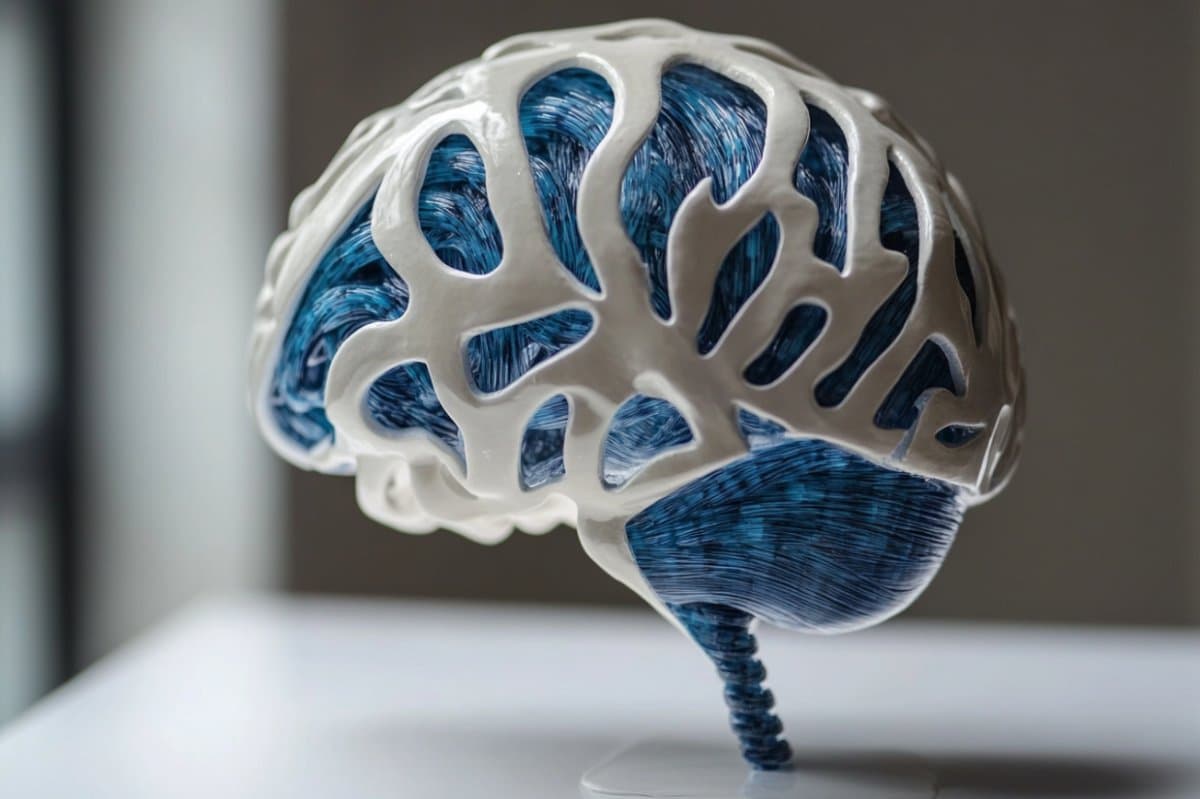

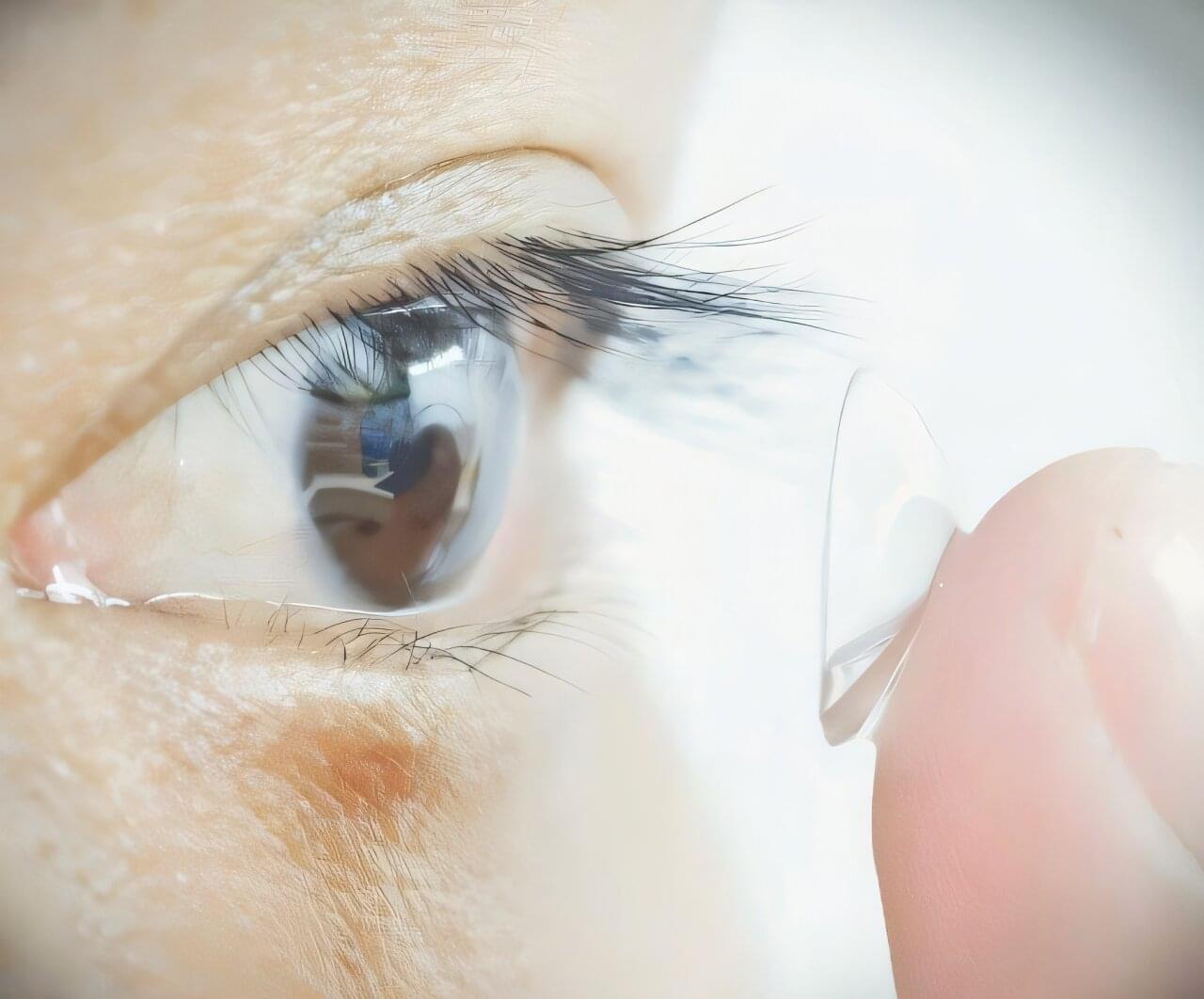
Neuroscientists and materials scientists have created contact lenses that enable infrared vision in both humans and mice by converting infrared light into visible light. Unlike infrared night vision goggles, the contact lenses, described in the journal Cell, do not require a power source—and they enable the wearer to perceive multiple infrared wavelengths. Because they’re transparent, users can see both infrared and visible light simultaneously, though infrared vision was enhanced when participants had their eyes closed.
“Our research opens up the potential for noninvasive wearable devices to give people super-vision,” says senior author Tian Xue, a neuroscientist at the University of Science and Technology of China. “There are many potential applications right away for this material. For example, flickering infrared light could be used to transmit information in security, rescue, encryption or anti-counterfeiting settings.”
The contact lens technology uses nanoparticles that absorb infrared light and convert it into wavelengths that are visible to mammalian eyes (e.g., electromagnetic radiation in the 400–700 nm range). The nanoparticles specifically enable the detection of “near-infrared light,” which is infrared light in the 800‑1600 nm range, just beyond what humans can already see.
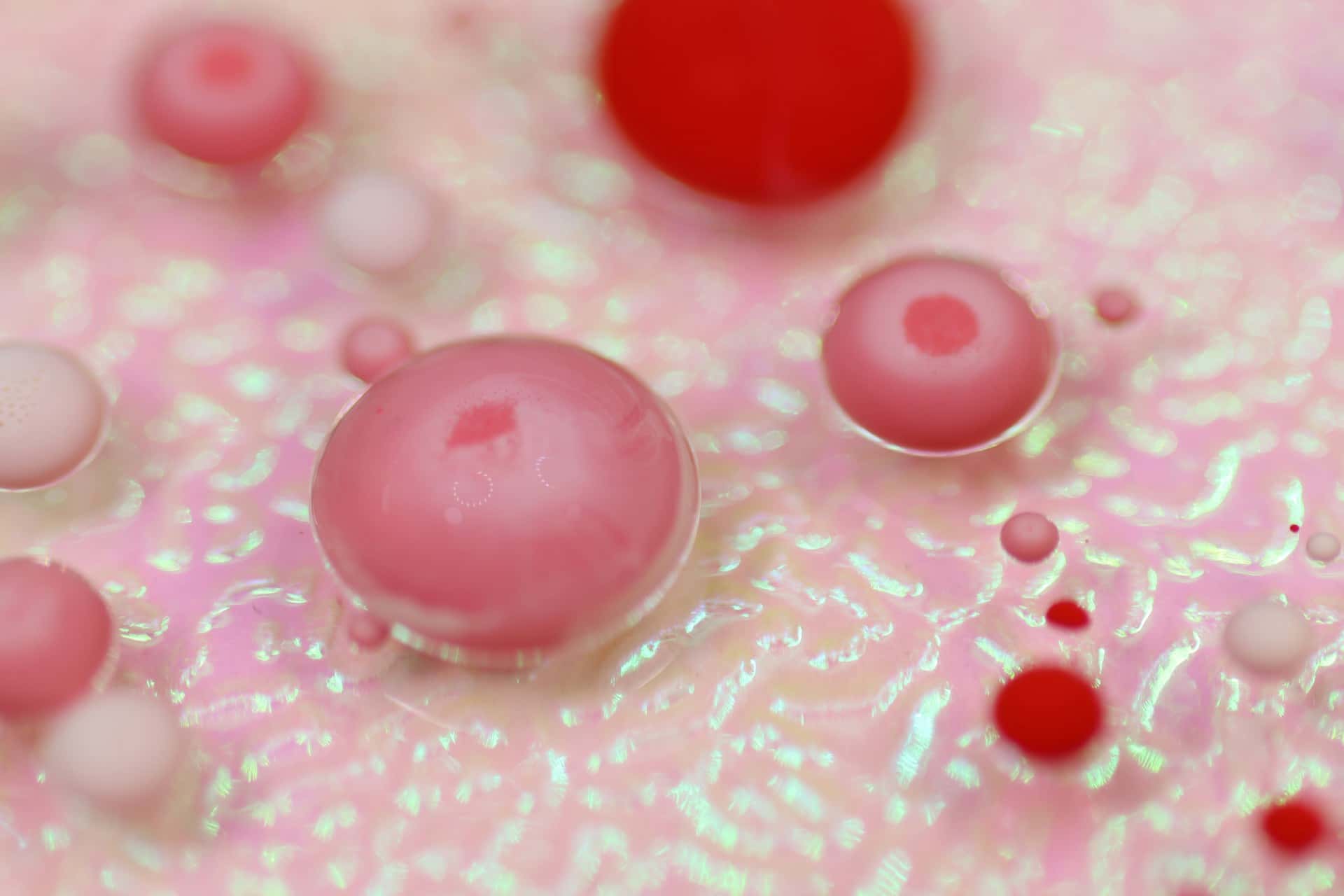
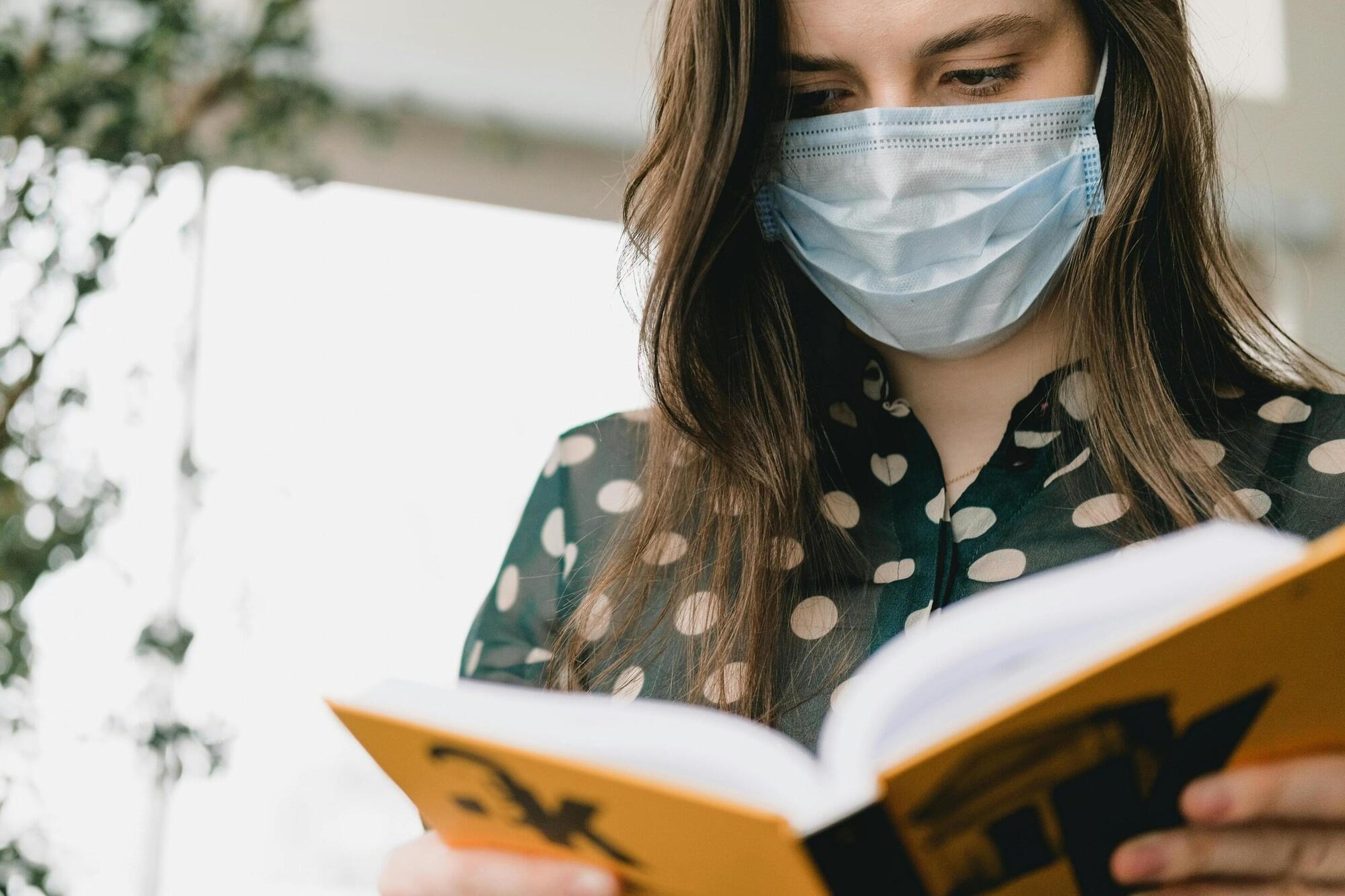
An international team of researchers has found a genetic link to long-term symptoms after COVID-19. The identified gene variant is located close to the FOXP4 gene, which is known to affect lung function. The study, published in Nature Genetics, was led by researchers at Karolinska Institutet in Sweden and the Institute for Molecular Medicine in Finland.
Biological causes behind persistent symptoms after COVID-19 infection, known as long COVID or post-COVID, remain unclear. Common symptoms include fatigue, cognitive difficulties, and breathing problems, which can reduce quality of life.
In an international collaboration —the Long COVID Host Genetics Initiative—researchers have analyzed genetic data from 6,450 long COVID patients and more than a million controls across 24 studies from 16 countries.
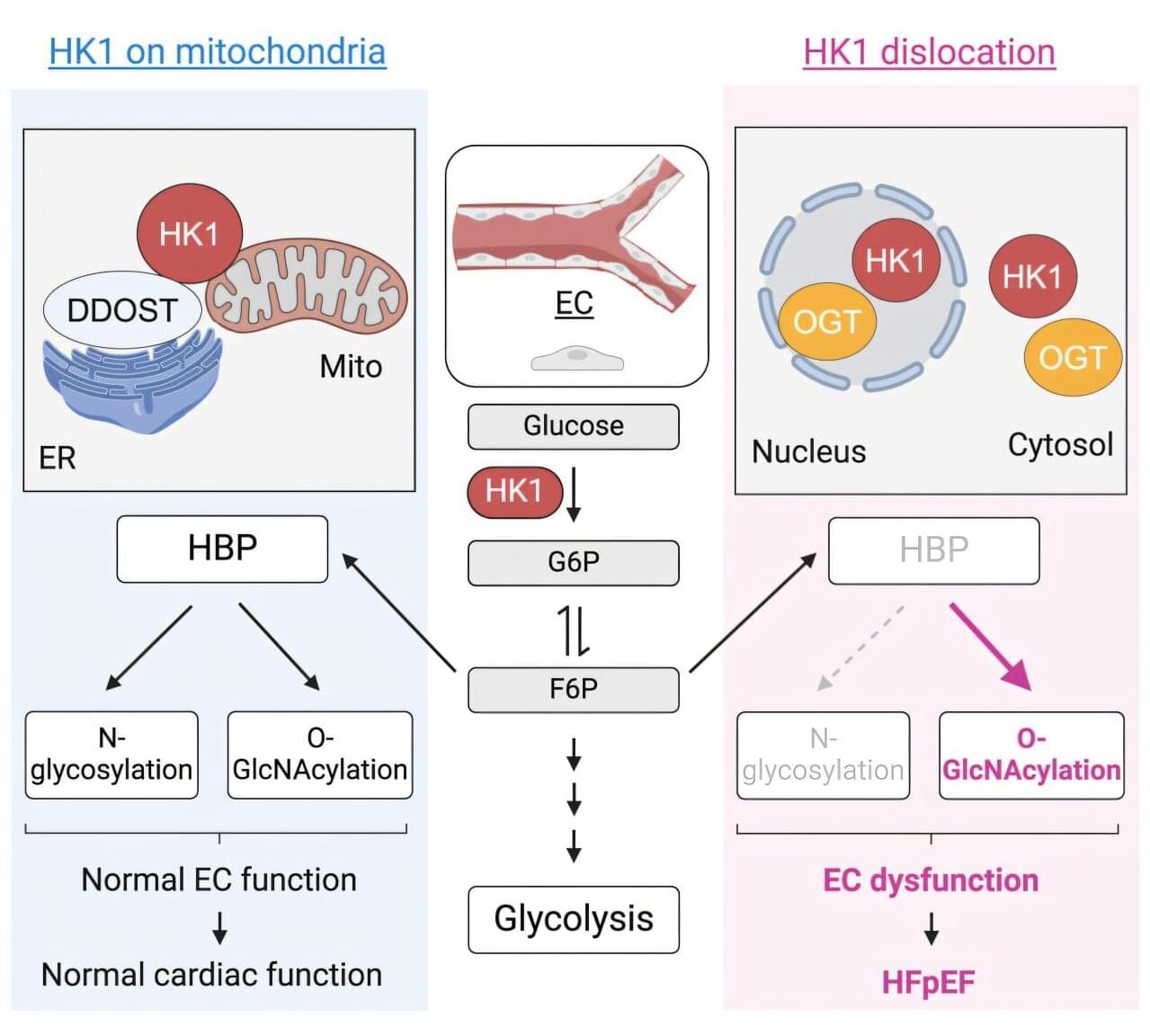
A study led by a physician-scientist at the University of Arizona College of Medicine–Tucson’s Sarver Heart Center identified a drug candidate that appears to reverse the progression of a type of heart failure in mouse models, which could lead to expanded treatment options for humans. The results are published in the journal Cell Metabolism.
Heart failure occurs when the heart doesn’t pump blood properly. In about half of cases, the muscle is weak and has difficulty pumping. The rest result from a stiff muscle, a type called heart failure with preserved ejection fraction, or HFpEF.
The research team found that a key ingredient in triggering heart failure with preserved ejection fraction is an enzyme that escapes into an area of the cell where it’s not normally found. Once there, it reacts with another enzyme to convert glucose, a type of sugar, into harmful byproducts that set off a chain reaction, ultimately reducing the heart’s elasticity.
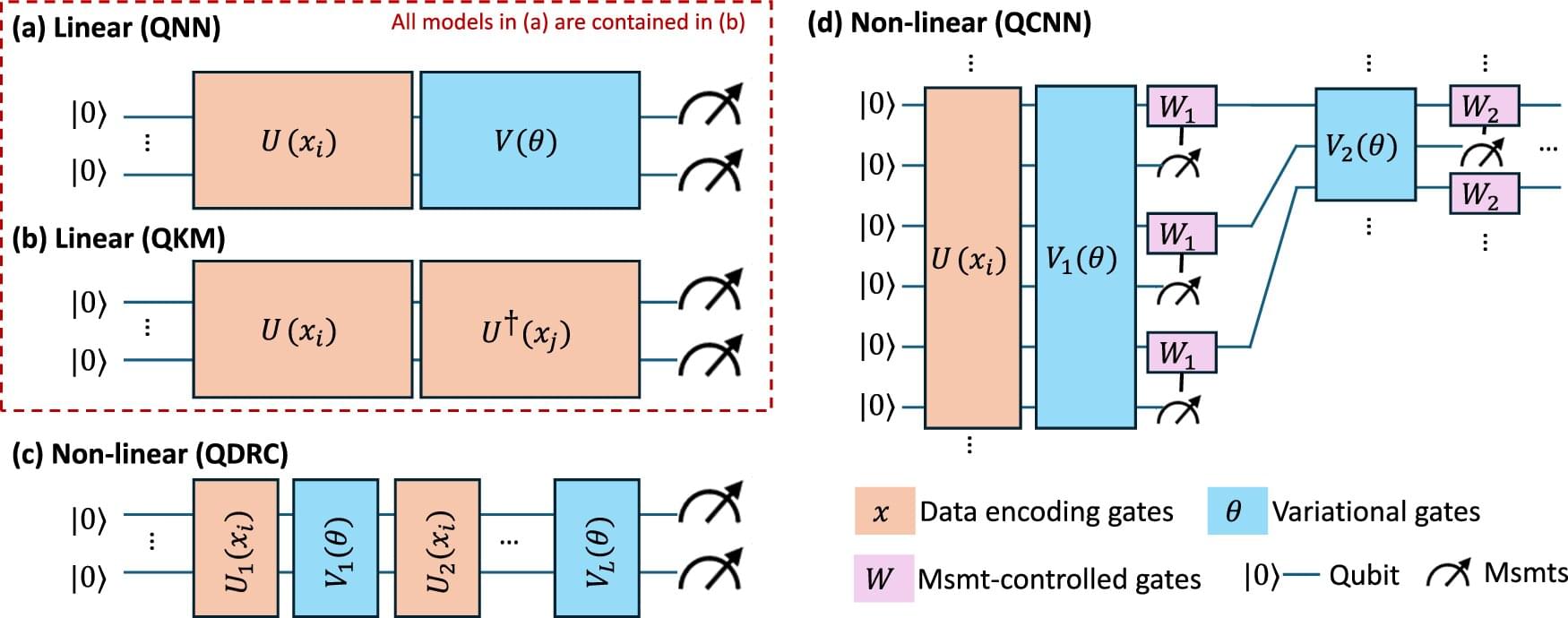
A broad systematic review has revealed that quantum computing applications in health care remain more theoretical than practical, despite growing excitement in the field.
The comprehensive study published in npj Digital Medicine, which analyzed 4,915 research papers published between 2015 and 2024, found little evidence that quantum machine learning (QML) algorithms currently offer any meaningful advantage over classical computing methods for health care applications.
“Despite exponential growth in research claiming quantum benefits for health care, our analysis shows no consistent evidence that quantum algorithms outperform classical methods for clinical decision-making or health service delivery,” said Dr. Riddhi Gupta from the School of Mathematics and Physics and the Queensland Digital Health Center (QDHeC) at the University of Queensland.

Researchers have detailed the physics behind a phenomenon that allows them to create spin in liquid droplets using ultrasound waves, which concentrates solid particles suspended in the liquid. The discovery will allow researchers to engineer technologies that make use of the technique to develop applications in fields such as biomedical testing and drug development.
“By creating ultrasound waves on the surface of a piezoelectric substrate, we can induce spin in a liquid droplet that is resting on that substrate,” explains Chuyi Chen, an assistant professor of mechanical and aerospace engineering at North Carolina State University and co-lead author of a paper on the work published in Science Advances.
The oscillation of the ultrasound waves pushes the fluid inside the droplet to stream in a circle, but the surface tension of the droplet prevents the droplet from spreading out into a flat sheet. A combination of forces from the ultrasound waves, the spinning droplet, and the fluid moving within the droplet drives particles inside the droplet to move in a helical pattern, essentially corkscrewing through the droplet to come together at a central point.

A gently lobbed baseball is easy to see. The same ball, however, can seem to vanish from the hand of a skilled pitcher, whizzing invisibly into the catcher’s mitt.
Given enough acceleration, moving objects become too fast to see. Yet this visual speed limit isn’t universal – some people are apparently better at seeing in high-speed.
According to a new study, the secret may lie in subtle eye movements known as saccades. These rapid motions of the eyes shift our focus between various points of interest, and are regarded as the most frequent movement the human body makes. By some calculations they occur two to three times every second, adding up to around 10,000 times every waking hour.
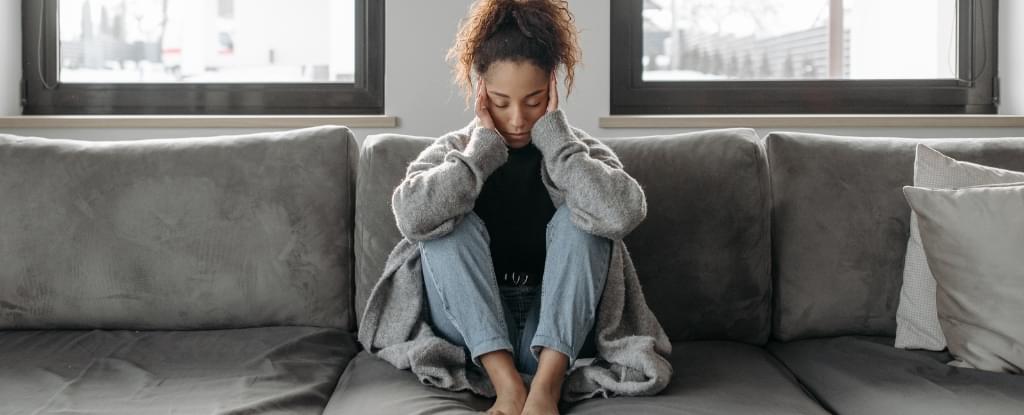
Sitting might be a comfortable and convenient way to spend much of your day, but a new study of older adults suggests it can lead to brain shrinkage and cognitive issues, irrespective of how much exercise you’re managing to fit in.
The research counters the idea that periods of sitting can be balanced out by periods of being active, at least when it comes to brain health in people aged 50 or above.
The study researchers, from Vanderbilt University, the University of Pittsburgh, and Seoul National University, think that too much sitting or lying down (known as sedentary behavior) can impact the brain and increase the risk of different types of dementia later in life, including Alzheimer’s disease.

A pulmonologist based in Dubai was astonished by the accuracy of Artificial Intelligence (AI) in diagnosing diseases. Recently, Dr. Mohammad Fawzi Katranji tested an AI tool’s ability to detect pneumonia from an X-ray and was impressed when it pinpointed the same areas he had identified, as well as an additional spot he had missed. The AI completed the task in seconds, a stark contrast to the 20 years Dr. Katranji spent acquiring his expertise. The AI’s findings ultimately aided in the patient’s recovery.
“I am about to lose my job. This is scary because I developed the skill over 20 years, which lets me look at an X-ray and point to pneumonia,” he said in the video, showing his findings.
“Now, here comes AI, and they pick it up in a second. Now, you don’t need professional eyes to look at these X-rays. You just have artificial intelligence. They picked up pneumonia. I am going to be applying to McDonald’s soon, and I hope they have some openings,” the doctor joked.